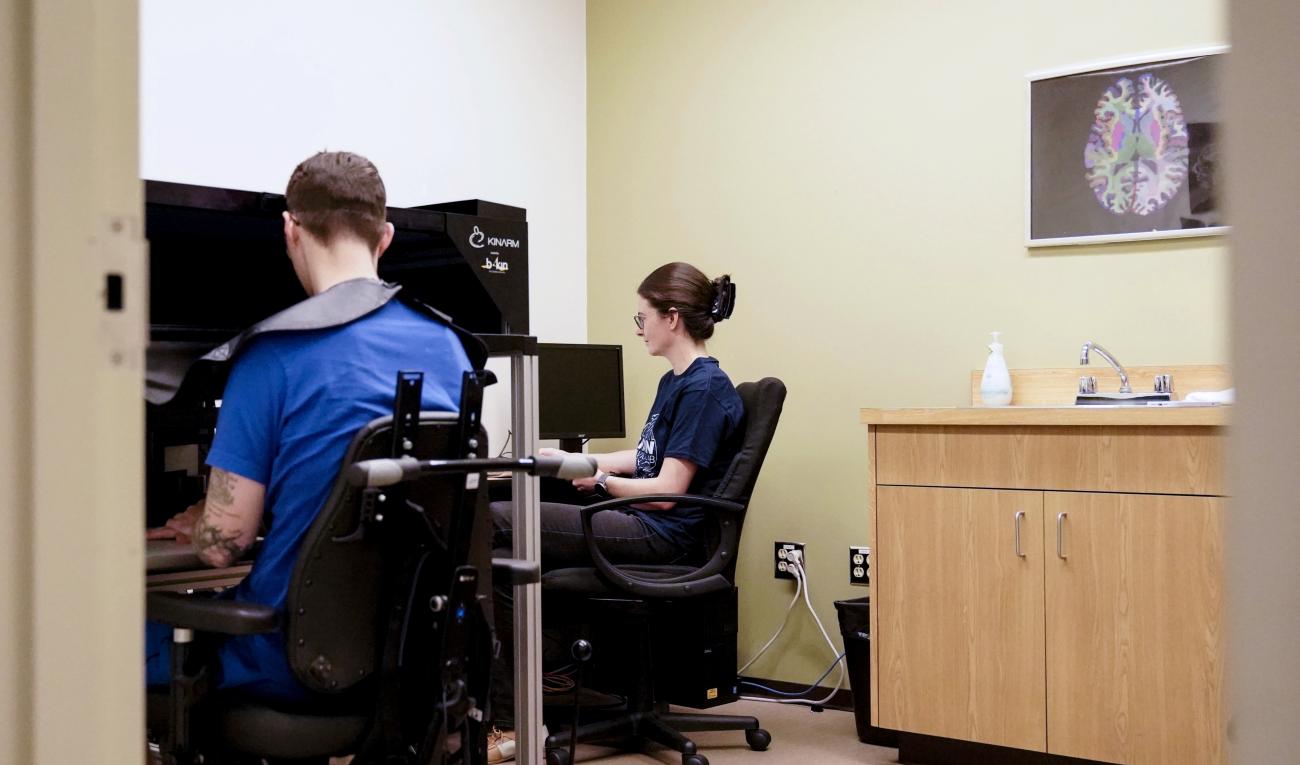
Researchers at Dr. Lara Boyd’s lab are investigating brain behaviour to accelerate stroke recovery and enhance quality of life and independence post stroke.
Stroke is the second most common cause of death globally, affecting about 15 million people each year. It is also one of the leading causes of severe adult disability among survivors, significantly impacting quality of life and sometimes hindering even basic activities such as opening a door, holding keys or getting dressed. Improving the lives of stroke survivors is one of the primary objectives of research underway at the Brain Behaviour Laboratory (BBL).
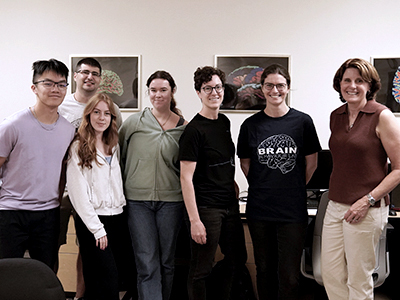
Located at UBC Hospital, the BBL is led by Vancouver Coastal Health Research Institute researcher Dr. Lara Boyd. The team is at the forefront of advanced research into therapies that can improve brain activity damaged by stroke and enhance the brain’s neuroplasticity — its ability to adapt to environmental and physical changes.

Some of the symptoms commonly experienced by individuals following a stroke include: impaired speech; weakness or paralysis of the limbs; slowed communication abilities; and difficulty grasping or holding objects, all of which can hinder even basic tasks essential for independent living. Individual capacity to regain partial or complete recovery of abilities lost due to stroke can vary widely. Boyd’s lab focuses on understanding how best to stimulate brain neuroplasticity and facilitate motor learning to assist in the recovery of motor and cognitive functions after stroke or other brain injuries.
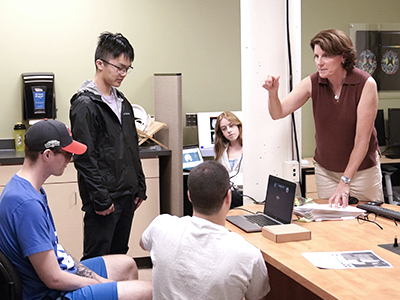
“Ultimately, the goal of our work is to understand and accelerate stroke recovery,” says Boyd.
Investigating motor skills training with the KINARM robot
In a recent study, the BBL team examined whether high-intensity aerobic exercise paired with skilled motor training could alter cognitive-motor function in individuals living with chronic stroke — symptoms that persist beyond six months following a stroke. They identified connections between aerobic exercise and improved cognitive-motor processing speed.
“We are beginning to see our discoveries translate into practice,” says Beverley Larssen, a PhD student working in the BBL. “Our study into exercise as an enhancer for learning could inform new standards of care in rehabilitation.”
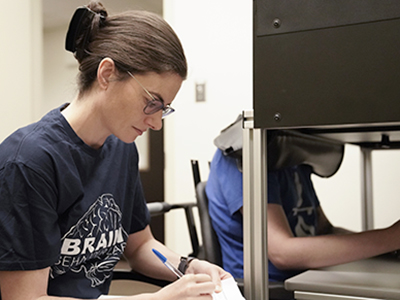
Boyd’s lab utilizes a variety of equipment to gather data and advance knowledge. One of the novel technologies harnessed by the team is the KINARM bimanual robot, the only one of its kind in British Columbia. This device allows researchers to assess patients’ abilities to perceive the position of their limbs without seeing them and to perform motor training tasks.
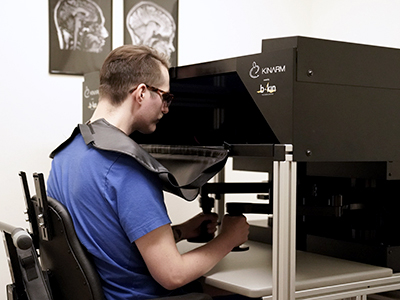
While using the KINARM, participants sit in an adjustable chair equipped with motors in its back. Participants hold individually calibrated handles and engage in game-like tasks, such as tracking numbers, following sequences or hitting targets. The difficulty of these tasks is personalized based on individual needs and study goals. Successfully planning and executing voluntary movements after a stroke requires greater cognitive resources, which the KINARM helps to monitor and analyze.
Participants are given various challenges to solve, including tasks that require resolving conflicts between what their arms and eyes are doing. Researchers not only record patients' movements, but also apply resistance or assistance pressure to vary the difficulty of tasks. The goal of these exercises is to enhance the neuroplasticity of participants' brains and allow researchers to analyze how tasks impact participants’ learning abilities and motor function.
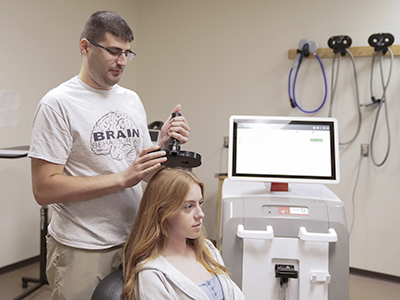
Recently, the team equipped the KINARM with an eye-tracking monitor, allowing them to investigate the connection between eye and hand movements during exercises. “The tracker is expanding our understanding of how to enhance rehabilitation programs, and by extension, the lives of people who have experienced a stroke,” says Cristina Rubino, a PhD student working in the BBL.
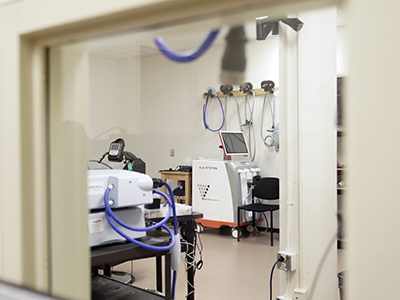
“The data from our studies is making possible the personalization of the patient learning experiences and the acceleration of the motor and cognitive recovery process.”
"Behind the Lab Doors” is a Research Insider series that offers a behind-the-scenes glimpse into the labs of health researchers across VCHRI. These stories explore research currently in the works, including ongoing and long-term studies that have the potential to directly impact the quality of patient care and clinical conditions. To feature a study from your VCHRI-affiliated lab, contact us at vchricommunications@vch.ca.


